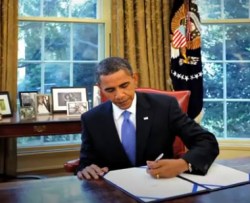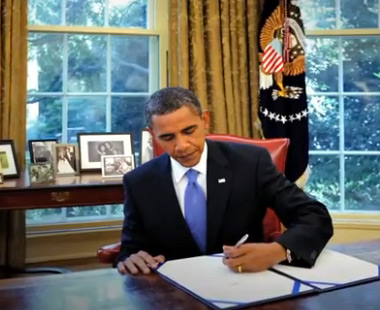People are wasteful. It’s why we need a mantra like “reduce, reuse, recycle,” after a century or two of “consume, throw out, set on fire.”
We’re also generally content to keep doing things the way we’ve always done them, even when that way is dumb. So over time, we made a system that can provide us with heat, and we made another system that can provide us with electricity, and we just plodded along, running these two separate systems, living our dumb human lives.
And then a few people wised up, recognizing that we could combine these two systems into one: cogeneration, or combined heat and power (CHP). Make gas hot, spin a turbine for power, use the hot gas to heat up (or cool off) a building. Maximize the efficiency of a fuel source. Less waste, less being dumb.
Here’s how such a system works. (Apologies in advance; this was literally the most interesting video I could find.)
Such a system would be cool to have in our houses, saving energy costs. But in massive industrial facilities, huge rooms that use a ton of power, the efficiency increase could be enormous.
Which is why President Obama today signed an executive order that aims to vastly increase the use of CHP systems in industrial facilities.

Here is President Obama signing something, but not the thing mentioned in this article.
The industrial sector accounts for over 30 percent of all energy consumed in the United States, and, for many manufacturers, energy costs affect overall competitiveness. While our manufacturing facilities have made progress in becoming more energy efficient over the past several decades, there is an opportunity to accelerate and expand these efforts with investments to reduce energy use through more efficient manufacturing processes and facilities and the expanded use of combined heat and power (CHP). Instead of burning fuel in an on site boiler to produce thermal energy and also purchasing electricity from the grid, a manufacturing facility can use a CHP system to provide both types of energy in one energy efficient step. Accelerating these investments in our Nation’s factories can improve the competitiveness of United States manufacturing, lower energy costs, free up future capital for businesses to invest, reduce air pollution, and create jobs.
The executive order sets a target of 40 gigawatts of CHP in the U.S. by 2020. The order also outlines ways in which the government can bolster the effort — raising awareness through workshops and sharing best practices, for example.
As ThinkProgress notes, the U.S. lags in CHP deployment. Meeting the president’s target would mean massive investments by the private sector, to the tune of tens of millions of dollars, and save $10 billion a year in energy costs.
Incremental innovation isn’t terribly thrilling. (Nor are videos about incremental innovations.) So we’ll have to settle for a little bit of quiet pride at figuring out a better way to do things, at long last. And then find some more interesting videos to watch.
Update: Thanks to David Dean for pointing us to this much-cooler CHP explainer.




